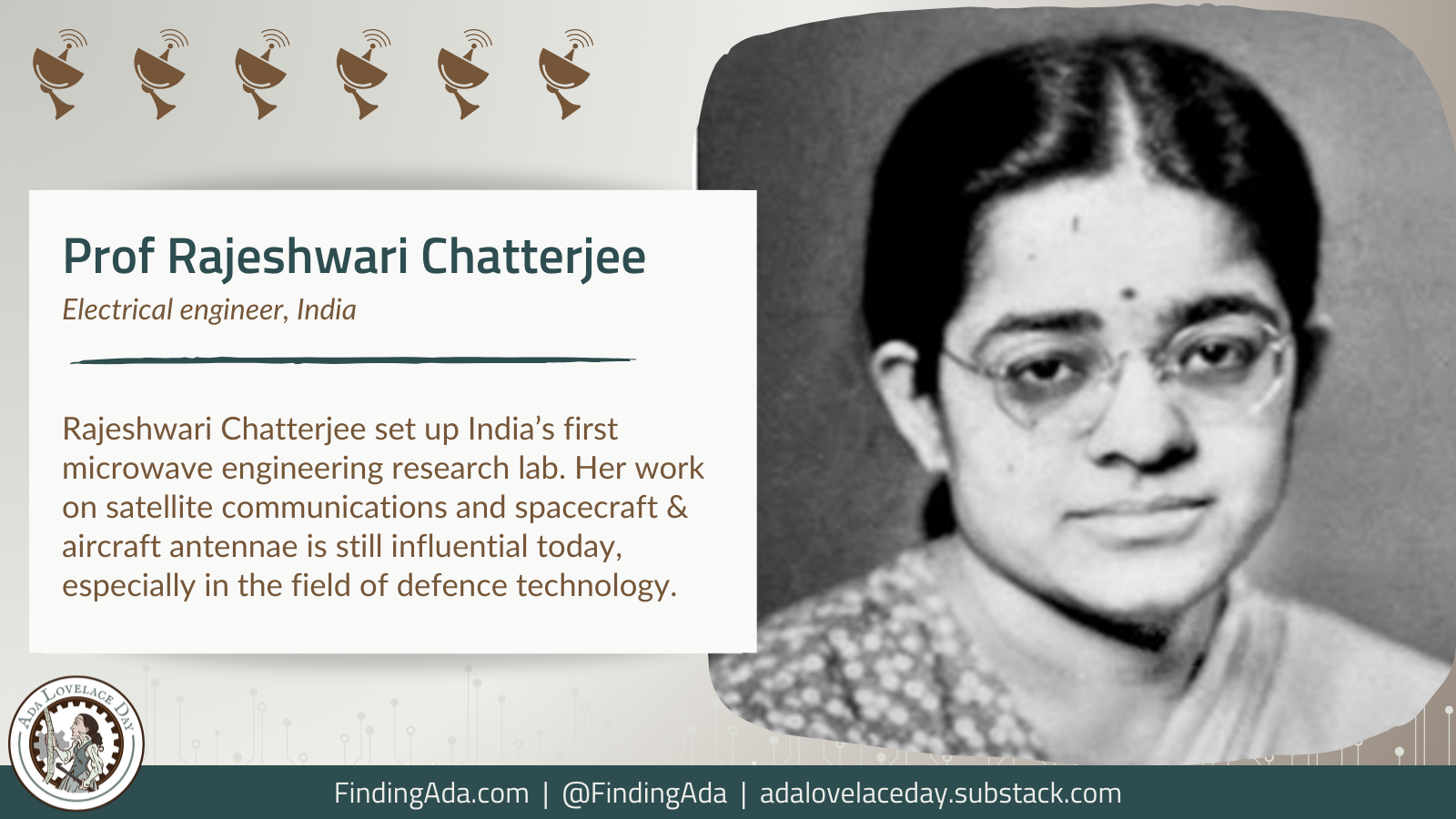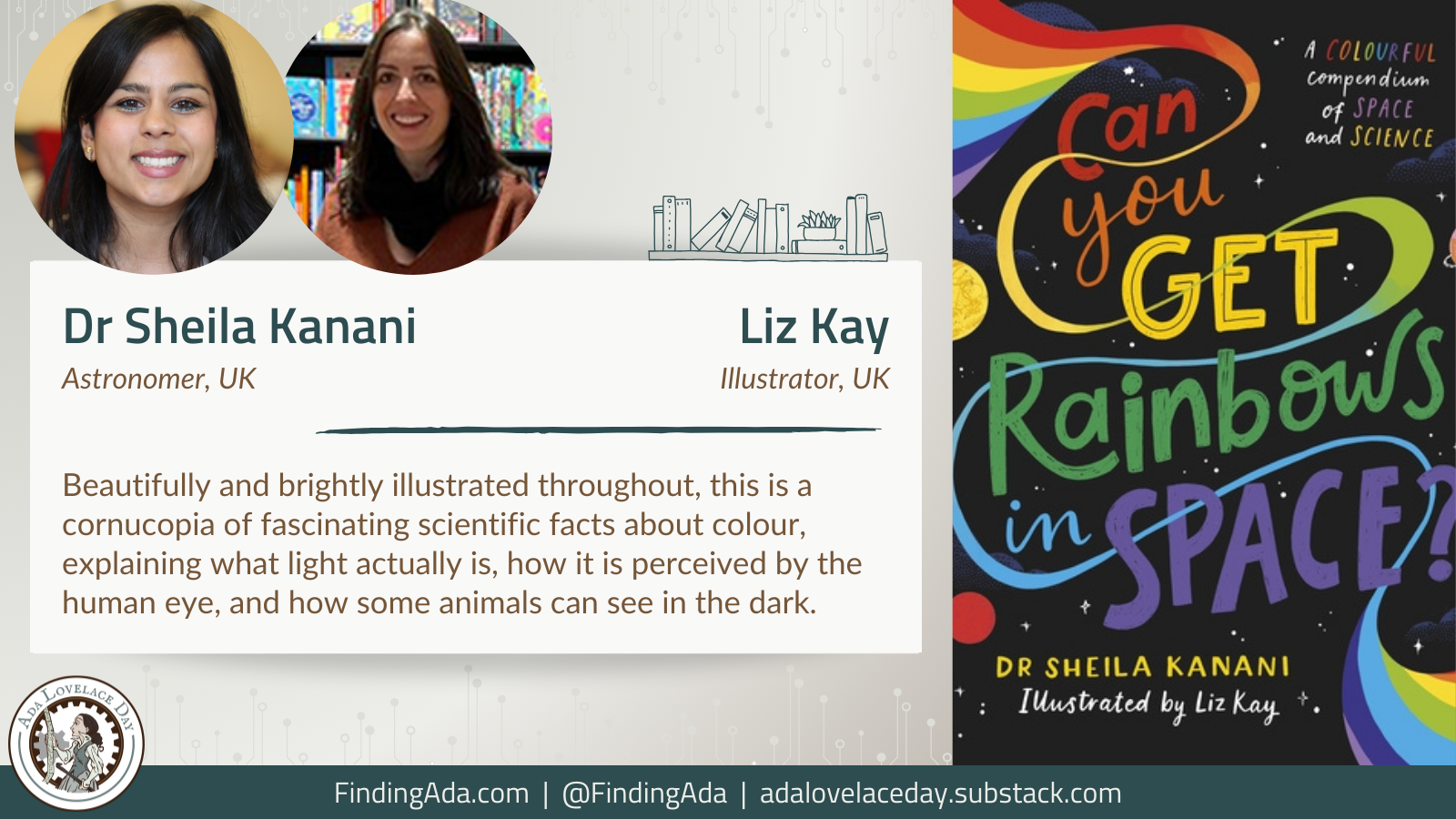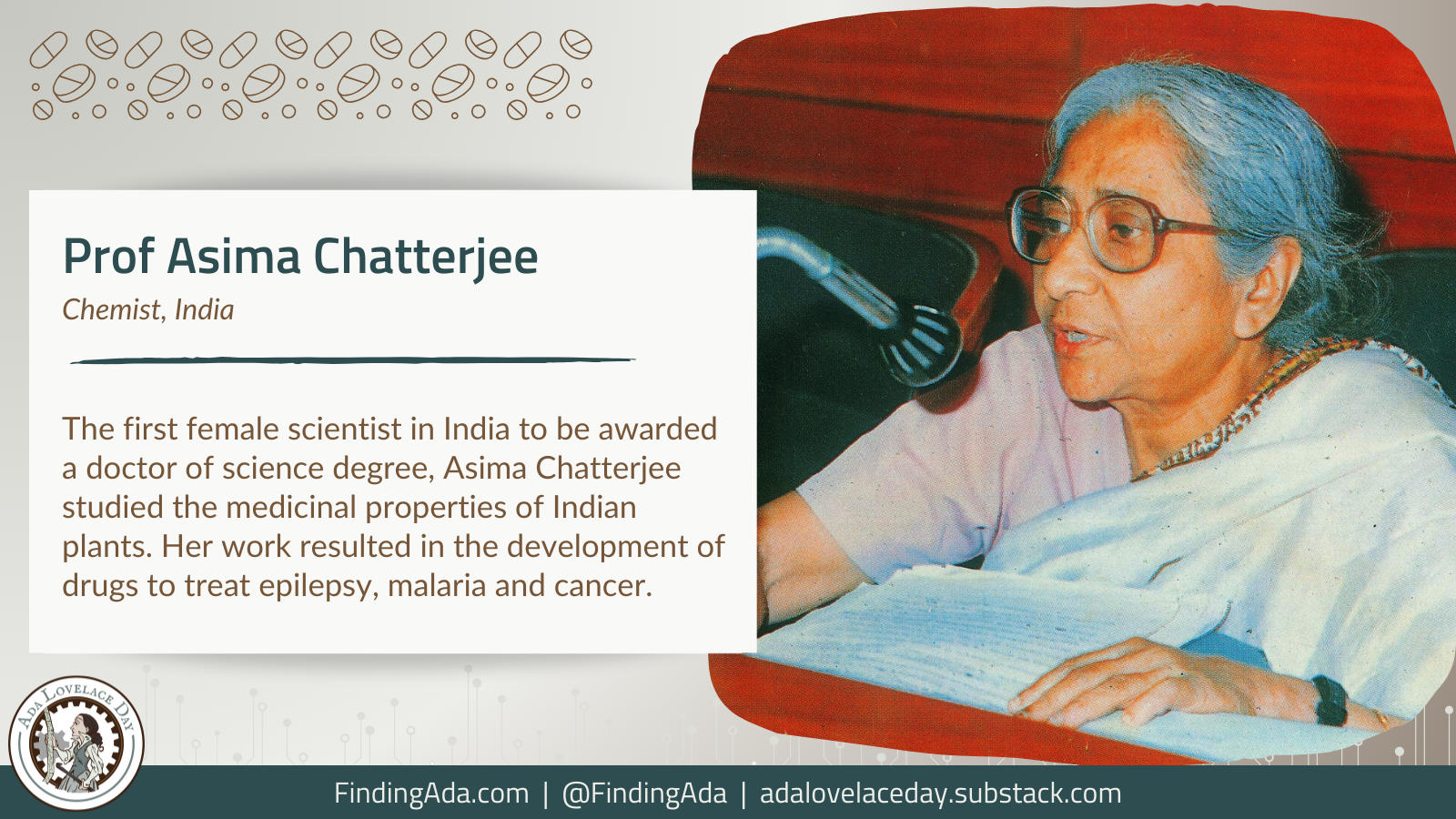Nuts and Bolts: Seven Small Inventions That Changed the World (in a Big Way), Roma Agrawal
Smartphones, skyscrapers, spacecraft. Modern technology seems mind-bogglingly complex. But beneath the surface, it can be beautifully simple.
In Nuts and Bolts, award-winning Shard engineer and broadcaster Roma Agrawal deconstructs our most complex feats of engineering into seven fundamental inventions: the nail, spring, wheel, lens, magnet, string and pump.
Each of these objects is itself a wonder of design, the result of many iterations and refinements. Together, they have enabled humanity to see the invisible, build the spectacular, communicate across vast distances, and even escape our planet.
Tracing the surprising journeys of each invention through the millennia, Roma reveals how handmade Roman nails led to modern skyscrapers, how the potter’s wheel enabled space exploration, and how humble lenses helped her conceive a child against the odds.
She invites us to marvel at these small but perfectly formed inventions, sharing the stories of the remarkable, and often unknown, scientists and engineers who made them possible. The nuts and bolts that make up our world may be tiny, and are often hidden, but they’ve changed our lives in dramatic ways.
Order the book on Bookshop.org.uk.
Hear Roma Agrawal talk about her book on BBC Sounds.
Read more about the book in The Guardian.
About the author
Roma Agrawal MBE FICE HonFREng, is an Indian-British-American chartered structural engineer based in London who attributes her enthusiasm for engineering to a love of making (and breaking) things as a child.
She has worked on several major engineering projects, including The Shard, and says her entry into engineering started with a summer placement at Oxford University’s Department of Physics, where she worked alongside engineers designing particle detectors for CERN.
In 2005, Agrawal joined WSP for a graduate programme, eventually becoming a chartered engineer with The Institution of Structural Engineers in 2011. She spent six years working on the tallest building in Western Europe (The Shard), designing the foundations and the iconic spire – something she describes as a career highlight: “I think projects like that only come once or twice in your career, so I feel very fortunate to have had the opportunity to work on this.” The 1,016-ft (310 m) tall structure required a top-down construction methodology, which had never been done before on a building of this scale, requiring the spire to be of modular construction – it had to be built and tested off-site, enabling quick and safe assembly at its current height in central London.
Agrawal is also an author and a diversity campaigner who champions women in engineering. Following her years working on The Shard, Agrawal found herself presenting her work to children at schools and students at universities, igniting a personal passion for raising awareness of engineering. She has since presented to over 15,000 people worldwide.
You can follow Roma Agrawal’s work here:
Twitter: @RomaTheEngineer
Instagram: @romatheengineer
LinkedIn: linkedin.com/in/roma-agrawal-mbe-56ab4315
YouTube: Roma Agrawal – YouTube
Website: romatheengineer.com
With thanks to Synergy for their support.




